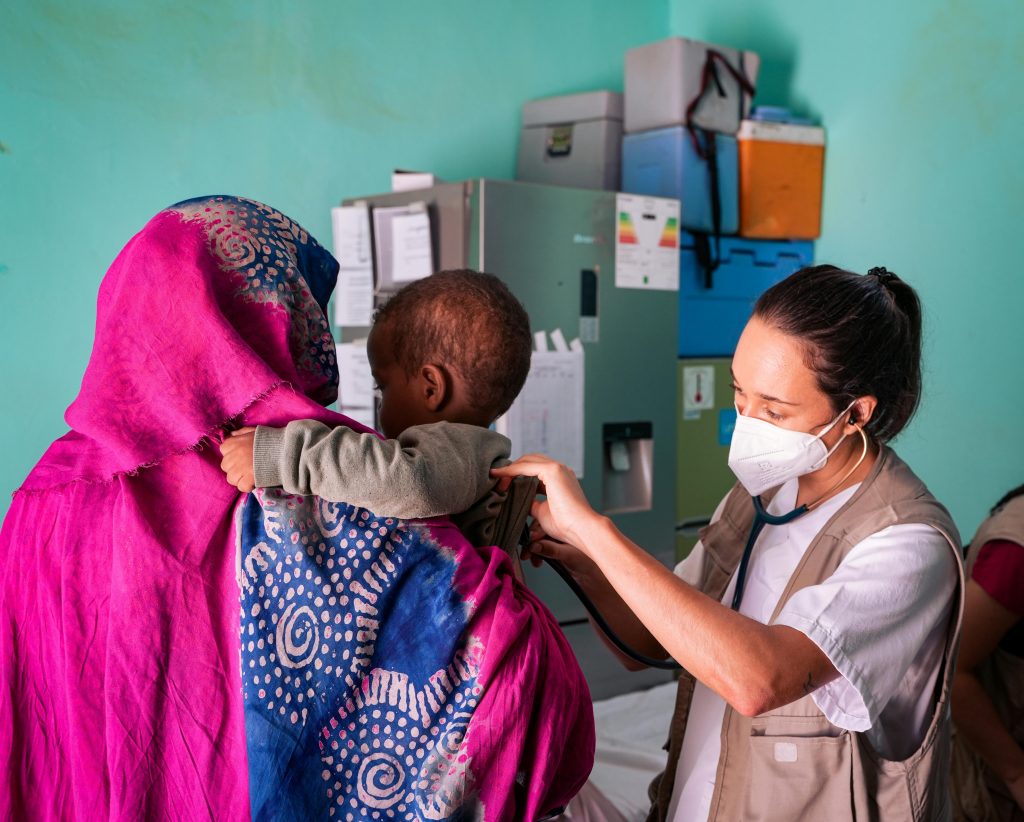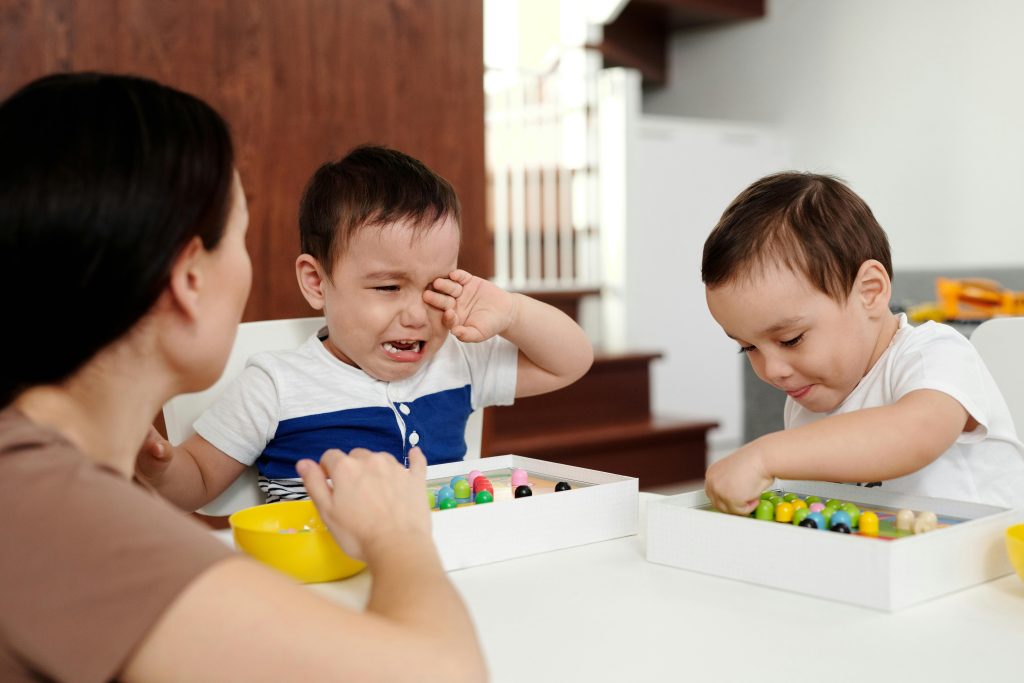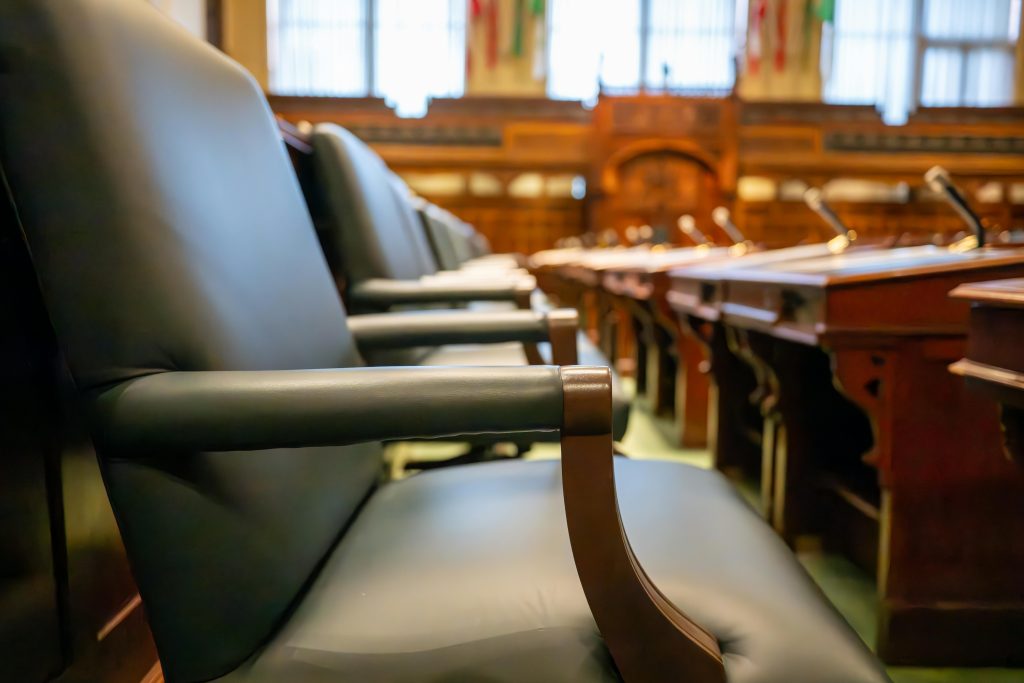12.2 Cultural Influences on Equality, Equity, and Justice
Social Fairness
An essential part of morality involves determining what is considered “right” or “fair” in social interactions. As humans, we want things to be fair; we try to be fair ourselves, and we react negatively when we see unfair things. There is cultural variation regarding fairness because we determine what is or is not fair by relying on another set of social norms: the beliefs about how people should be treated fairly (Tyler & Lind, 2001; Tyler & Smith, 1998).
Most of us are familiar with the concept of equality, which suggests that everyone should be treated the same and provided the same resources to succeed. For example, a health clinic in a small village can be open to everyone, but some people may lack the means to get to the village or be unable to afford medication. In this scenario, equality of health services has created a disparity of care. Is that fair?

Health disparity can sometimes result from health equality rather than health equity concerning access, resources, and allocation of health care services.
Another example most people are familiar with is applying for a job online. Most organizations, regardless of size, almost exclusively use online recruitment and application processes, which provide one system everyone can use to apply for a job. One system and one platform are the same for everyone. That’s equality, right? However, the online application process may not be compatible with screen readers for the visually impaired and blind, or the hiring algorithm may exclude you because of the D you earned in math. An underlying assumption of equality is that everyone starts in the same place and equally benefits from the same supports, which is not always the case.
Equity means ensuring that resources are equally distributed based on needs (Omrani-Khoo et al., 2013). Equity requires accounting for historical and current inequalities among groups of people who have been marginalized, excluded, or who have experienced institutional discrimination. In this way, the concept of fairness is then based on the social and historical context. In our example about the clinic, healthcare workers might provide mobile care to reach villagers who cannot visit the clinic. They might also dispense medication on a sliding payment scale so poor patients can get the needed treatment. When applying for a job, alternative applications and formats can be available for persons with disabilities. The underlying assumption of equity is that everyone starts from a different place and receives the specific support and accommodations needed to produce fairness.

Equality and equity are separate constructs in relation to the ideals of what is fair and just. However, fairness and justice are relative and do not hold the same meaning for everyone, particularly across cultures. If we consider that culture is the basis of our beliefs, values, behaviors, and acquired knowledge that construct our view of the world and what is moral, fair, or just, can we conclude that justice is culturally based? Justice refers to the legal or philosophical perspective through which fairness is administered to distribute wealth, opportunities for personal activity, and social privileges. Current social justice efforts emphasize removing obstacles and underlying systemic barriers so that inequity is addressed and everyone receives equal access and resources. Justice can be distributive, retributive, and restorative. Distributive justice refers to just distributing material or non-material goods, resources, etc. Retributive justice refers to punishment for immoral, wrong, or bad behavior violating cultural norms and/or mores. Restorative justice looks at appropriate compensation (if any) that is due to those who have suffered wrongdoing.
Recent research has found that when presented with an uneven number of items, children tend to throw one item away rather than share the item unequally between two people they did not know (distributive justice). Paulus (2015) conducted a cross-cultural study to determine whether inequality aversion (e.g., throwing away rather than unequally sharing) is a universal concept. Results revealed that 6-7-year-old children in South Africa and the United States were more likely to throw out a resource rather than distribute it unequally. We might think of this as “better to be fair.” Ugandan children were more likely to distribute the resource even if it was unequally distributed. We might think of this as “wrong to waste.” These results challenge inequality aversion as a universal and suggest that there are cross-cultural differences in how children’s fairness-related decision-making develops.

Psychological Reactions to Unfair Behavior
The world seems fair and just when we see a balance between rewards and costs, and unfair or unjust when rewards and fees are not balanced. The preference for fairness has been proposed as a basic human impulse (Tyler & Blader, 2000). When we perceive unfairness, we also experience negative emotional responses in brain regions associated with reward and punishment (Tabibnia et al., 2008). The experience of unfairness is associated with negative emotions, including anger and contempt, whereas fairness is associated with positive emotions.
Humans believe in the importance of fairness partly because if we did not, we would be forced to accept that life is unpredictable and that negative things can occur to us at any time. Believing in fairness allows us to feel better because we can believe that we get what we deserve and deserve what we get, a concept called the just-world hypothesis. These beliefs allow us to maintain control over our worlds. Believing that those who work hard are not rewarded and that accidents happen to good people forces us to concede that we are also vulnerable.
One way to create a “just world” is to reinterpret behaviors and outcomes so that the events seem to be fair, and one way that people do this is by blaming the victim (Lerner, 1980). Blaming the victim means interpreting and attributing the negative outcomes that occur to others internally (internal or dispositional attributions), so they seem to deserve them. When we see that bad things happen or are aware that they have happened to others, we tend to blame the individuals, not the situation (fundamental attribution error), even if they are not at fault. We may believe that poor people deserve to be poor because they are lazy, that crime victims deserve to be victims because they were careless, and that people with AIDS deserve their illness because of their immoral behavior. In fact, the more threatened we feel by an apparent unfairness, the greater is our need to protect ourselves from the dreadful implication that it could happen to us, and the more we disparage the victim.

In lesson 11, we learned about infrahumanization, the tendency to see out-groups as less human or as having less humanity. Infrahumanization refers to attitudes and beliefs. Dehumanization refers to behaviors that undermine the individuality, humanness, and rights of others. Denying humanity in others can lead to moral judgments, and dehumanization may be a consequence, as well as a cause, of harmful behavior against individuals deemed as immoral (Bastian et al., 2010; Bastian et al., 2011). For example, someone who violates social, cultural, and/or religious norms can be viewed as immoral, which can initiate sanctions (formal and informal), as well as violence. Once an individual or group is found to be less human or immoral, treating them differently is seen as justified, ethical, and natural. For this reason, dehumanization is viewed as a central component of intergroup violence because groups or individuals who are considered immoral are frequently treated unfairly.
Members of a minority group or other marginalized individuals and groups (based on sexual orientation, gender, disability, class, heritage, race, etc.) are susceptible and vulnerable to various forms of dehumanization. The Jewish Holocaust during World War II, slavery, and cultural genocide during colonization in the United States are infamous examples of dehumanization at its extreme.
Language as a Form of Dehumanization
Often, labels (e.g., savage, slave, illegals) are assigned to those groups deemed as less human or immoral, thus perpetuating the dehumanization of out-group individuals. Dehumanization and dehumanized perception can occur as a result of the language used to describe groups of people. Words such as migrant or immigrant are assigned to foreigners based on their social status rather than ability, achievements, and political alignment. Of special note is the pairing of “immigrant” with the word “illegal,” a term that connotes a deeply negative meaning, the use of which alters the perception of the group it is applied to. Rather than the person’s actions being illegal, it is the person themselves who is portrayed as illegal when this term is used, projecting a negative social cognition onto these people.
Malignant language can encourage dehumanization as well as cognitive and physical distancing, especially when that language stands in as a label of deviance.
The System

Jim Crow Laws and the Segregated South (open YouTube video in new tab)
Key Takeaways
Morality is a universal construct tied to the essence of what it means to be human; it stresses avoiding things harmful to ourselves and others. Our moral development is enculturated (we learn our morality), which means that the unique experiences of our culture will shape morality, fairness, and justice. Across human history, our humanity has often been tied to our morals and values. Morals vary from person to person, but cultures create codes of conduct based on shared values and expectations. Theories of morality have developed to explain the distribution of resources and justice. Equality, equity, and justice are independent constructs prioritized differently across cultural interpretations of what is fair. The ecology and resources of a culture shape the development of belief systems and sanctions.
As humans, we believe in fairness, and when things are not fair, we must change our perceptions to protect ourselves from the reality that we are vulnerable and not in control of the events that happen to us. Infrahumanization can result from these changes in our thinking, leading to judgments about others as immoral. Dehumanization can seem justified and ethical when we fail to see the humanity in others, particularly members of marginalized and minority groups. It can be used by those who look to justify discrimination while preserving moral identity. When deciding what is right, wrong, and fair, we must recognize within ourselves the capacity to moralize and make judgments about others.
Test you understanding
Media Attributions
- pexels-mahyub-hamida-736226299-30313887 © Mahyub Hamida is licensed under a CC BY (Attribution) license
- 256px-Equality_vs_Equity © Ciell is licensed under a CC BY-SA (Attribution ShareAlike) license
- pexels-jep-gambardella-6222767 © Jep Gambardella is licensed under a CC BY (Attribution) license
- pexels-mart-production-8078395 © MART Production is licensed under a CC BY (Attribution) license
- pexels-hberganza-32266774 © Héctor Berganza is licensed under a CC BY (Attribution) license

